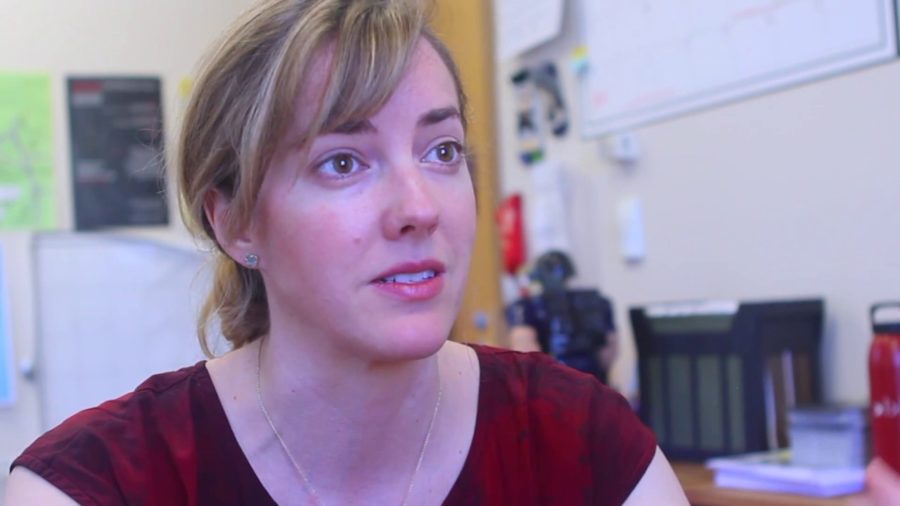Beth Altringer: I think it’s interesting to think about what if we started every design and technology company, or every design and technology product that we’re creating with three questions. And the first question is what is really desirable about this thing? The second question is for whom—so, who are we really designing for? And we do an okay job of asking those first two questions. But the third question is who we are not designing for.
I teach my students that design is ongoing risky decision-making. And what I mean by ongoing is that you never really get to stop questioning the assumptions that you’re making and that are underlying what it is that you’re creating—those fundamental premises. Things change, you change, the market changes. And you have to have as part of your practice an ongoing process of revisiting those fundamental assumptions.
So, in the academic community we have these rigorous standards for the ethical reviews that we must go through before we even undertake research that we might publish. And an example of that… So if you look at like— You might have seen Facebook’s emotional contagion study. And they came under a lot of criticism when people realized that they were manipulating the sort of emotional tenor of people’s feeds. And that is an example of a study that would’ve never passed academic ethical review boards. And what’s really interesting is that in this professional population—the academic population—we’ve decided on a value system in terms of what is ethical to do to people who are active participants of a study, and people who are passive participants or non-participants of a study. And in business, and particularly in the tech community, there’s a notable absence of a similar review system.
And these types of decisions of who we design for and who we don’t design for, these are ultimately values decisions. They’re very messy. Like, there’s no answer about who we should and should not design for. The answer is to continue to have that dialogue and continue to have the basic information that we need to have that dialogue—for designers to have that dialogue, for funders to be part of that dialogue, for young students fresh out of school deciding who to work for to be able to have that dialogue, for consumers to be able to have that dialogue about what value systems they want to support with their business. We need that continuous ongoing questioning of design assumptions and decisions.
